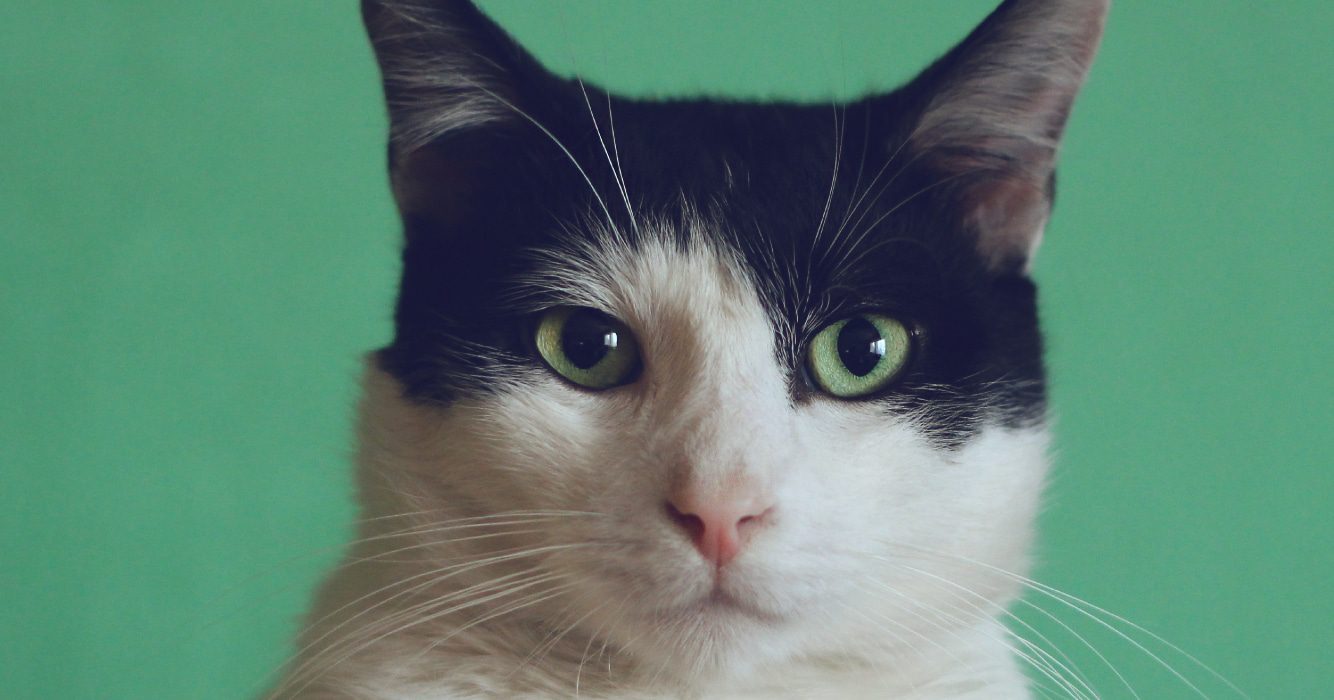According to reports, a juvenile girl is now self-identifying as a cat, and her luxury school in Melbourne encourages her “animal behaviour.”

Meowing at School
The Herald Sun reported that despite being called “phenomenally bright,” the year 8 student did not talk during class time.
According to a parent who spoke to the newspaper, the school permitted the girl’s catlike behaviour as long as it did not disrupt her or the other children.
In a response to the Herald Sun, the school declined to acknowledge the student’s behaviour but stated that its support staff was addressing a number of psychiatric issues.
Students were “presenting with a range of difficulties, from mental health, anxiety, or identity issues,” the school claimed in a statement.
According to the school, “Our approach is always unique to the student, and we will take into account expert advice and the student’s wellness.”
The Herald Sun also reported that a Melbourne psychologist had treated a youngster who, for a while, thought of himself as a dog.
It was reported in March that female students at a prestigious private school in Brisbane were cutting holes into their uniforms for tails because they identified as cats or foxes and were walking on all fours.
A worried parent told the Courier Mail, “When a girl tried to sit at a free desk, another girl shouted at her and stated she was sitting on her tail; there’s a slit in this child’s uniform where the tail reportedly is.”
The parent’s claim was denied by the school.
Furries?
People who identify as animals and frequently dress up in costumes as part of their “fursonas” are known as “furries.”

There have been allegations of students at US schools self-identifying as “furries.”
After a lady made the claim in a school board meeting last month, a Michigan school system was compelled to deny that litter boxes were given to children who identify as “furries” in January.
Michael E. Sharrow, the district superintendent, reacted by calling it “unconscionable” that he had to address the matter in a letter to parents that was also shared on Facebook.
‘Let me be clear in this exchange. There is absolutely no truth to this untrue assertion or charge! Litter boxes have never been in MPS classrooms, according to Sharrow.
Judith Locke, a psychologist in Brisbane, said the advent of the “furry” tendency did not surprise her.
She asserted that after romanticizing animals in their daily lives, in media like movies and television, it was only a matter of time until people started to identify as animals.
See some explanation here:
But accepting people’s choices regarding how they view themselves today presents a serious challenge; it is a contentious topic.
In his 25 years of practice, Australian teenage psychologist Michael Carr-Gregg claimed to have only encountered one client who identified as an animal.
A young boy who identified as a dog served as the client.
Once the stressors in his life were gone, the youngster went back to identifying as a human being, according to Dr. Carr-Gregg.
Three-quarters of people adopting “fursonas,” according to the furry website Furscience, are under the age of 25.
According to the website, “Furries tend to be teens and young adults, however, there are certainly a lot of people in their late 20s and 30s in the fandom, too.”
Some furries are said to be in their 70s and 80s.


